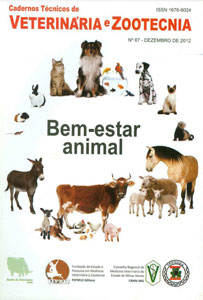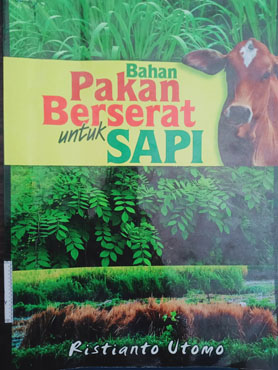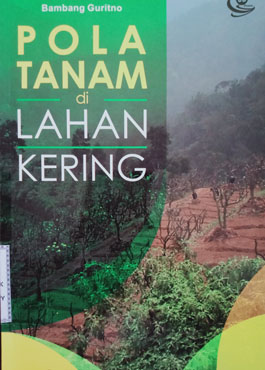RISK ASSESSMENT TO DEMONSTRATE FREEDOM OF HIGHLY PATHOGENIC AVIAN INFLUENZA (HPAI) IN TIMOR LESTE
Login
loginThe highly pathogenic avian influenza (HPAI) virus was the cause of a pandemic of avian influenza which affected poultry from most parts of the world. In contrast to most Southeast Asian countries where HPAI is endemic, Timor Leste is currently free from HPAI. The current study was designed to collect data to confirm that Timor Leste is actually free from HPAI and to identify potential risk factors that might be involved in the introduction of HPAI into the country. Data to confirm freedom were collected from various sources, and included biological samples for HPAI testing from regions with a high risk of infection. The analysis of existing animal health data (2004 to 2006) found that, with the exception of a survey in June 2004, there was no evidence of HPAI being present in Timor Leste. In the survey of June 2004 low titres were found indicating previous exposure to HPAI virus (H5 and H7). As only two serological positive samples were found and there were no reports of outbreaks of clinical disease typical of HPAI, it is likely that the results were false positives. As no surveys had been undertaken in Timor Leste since March 2006, as part of the current study, targeted surveillance was conducted in July 2009. As all samples were negative the findings support the belief that Timor Leste was free from HPAI at the time of sample collection. Although the country may currently be free from HPAI, the country is at risk of having an incursion of HPAI through certain high risk practices. These include the smuggling of live chickens, the lack of awareness of HPAI by farmers, a lack of adoption of biosecurity measures by households owning poultry and the extensive poultry management system adopted A risk assessment that was conducted as part of this study demonstrated that the probability of entry of infection through a smuggled chicken was high. The most important factors that would contribute to the entry of HPAI included: an increased number of chickens smuggled; increased number of smugglers; and the prevalence of AI in Nusa Tenggara Timur (NTT). On the other hand the risk decreased by: strengthening the detection, confiscation, and submission of smuggled birds by the Border Police Units (BPU) and by increasing the destruction of smuggled poultry by quarantine staff. Although there were many putative risk factors identified for HPAI, it was confirmed that Timor Leste was free from HPAI, however the control measures to prevent the introduction of HPAI into the country should be reinforced and target the most influential factors identified in this project.











